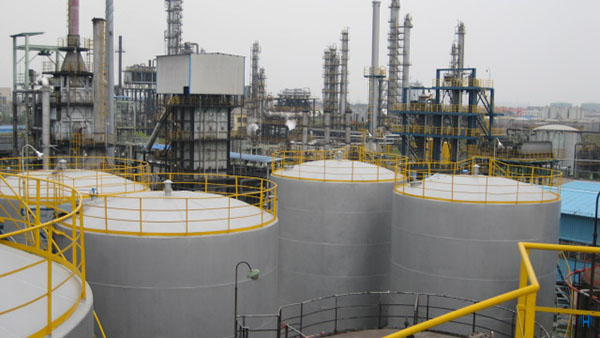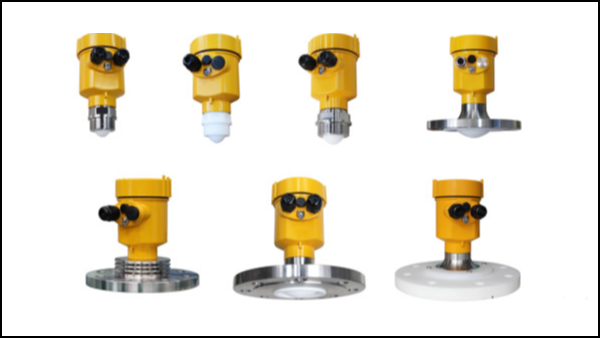Glycerine storage tanks are common equipment for storing liquid glycerine in industrial production. In order to effectively manage and monitor the level and ensure the reliability and safety of the production process, the use of radar level meters for level measurement of glycerin storage tanks is a common and reliable choice. In this paper, we will introduce the characteristics of glycerin storage tanks and a practical case of radar level measurement.

Glycerin is a colorless, odorless, high-viscosity liquid commonly used in food processing, pharmaceutical, and cosmetic industries. Glycerin storage tanks usually have the following characteristics: Tank closure: Glycerin storage tanks are usually sealed to prevent contact between glycerin and the external environment leading to contamination, and also to reduce the risk of volatilization and spillage. High viscosity liquid:
The high viscosity of glycerin makes it less liquid, and conventional level measurement methods such as float measurement, glass tube method, etc. are not suitable for measuring glycerin level.
Abnormal working environment: Glycerin storage tanks are often in extreme working environments such as high temperature, high pressure, acid, and alkali corrosion, so the level meter selected needs to have the ability to resist corrosion and adapt to harsh environments.

The glycerin storage tank of a food processing plant needs to be level measured to ensure the safety and efficiency of the production process. Due to the high viscosity of glycerin and the special nature of the working environment, traditional-level measurement methods could not meet the customer’s requirements. So an accurate, reliable, and corrosion-resistant level measurement solution was needed.
The radar level meter is a high-precision instrument that uses microwave signals for liquid level measurement. It measures the liquid level by transmitting a microwave signal to the tank and listening to the echo of the signal. Compared with traditional liquid level measurement methods, the radar level meter has the following advantages: non-contact measurement: radar level meter can measure without direct contact with liquid, avoiding direct contact with a high viscosity liquid glycerin, and reducing possible pollution and fouling.
High accuracy: radar level meter has high measurement accuracy, which can meet the customer’s requirement of rapid and accurate measurement of glycerin level. Corrosion resistance: The antenna and sensor of radar level meters are usually made of corrosion-resistant materials, which can operate stably for a long time under acid and alkali corrosive environments.

Following the installation of the radar level meter at a suitable installation location, the selected equipment was tested and commissioned to ensure that it was adapted to the specific operating environment of the tank and met the customer’s needs.
The team of engineers selected the best radar level meter installation location and carried out the installation according to the provided tank parameters and requirements.
After the installation was completed, the commissioning of the equipment was carried out and the calibration operation was performed to ensure that the measurement accuracy met the requirements.
Then, the level measurement was verified using standard substances to confirm that the equipment could accurately measure the glycerin level. To ensure the safety of the production process, an alarm function was set up on the radar level meter.
Once the level is abnormally out of the preset range, the device will send an alarm signal to notify the operator to take appropriate measures. By using the radar level meter to measure the glycerin storage tank, the level measurement problem was successfully solved and the efficiency and safety of the production process were improved.
This case fully demonstrates the superiority and practical application value of radar level meters in the industrial field.
